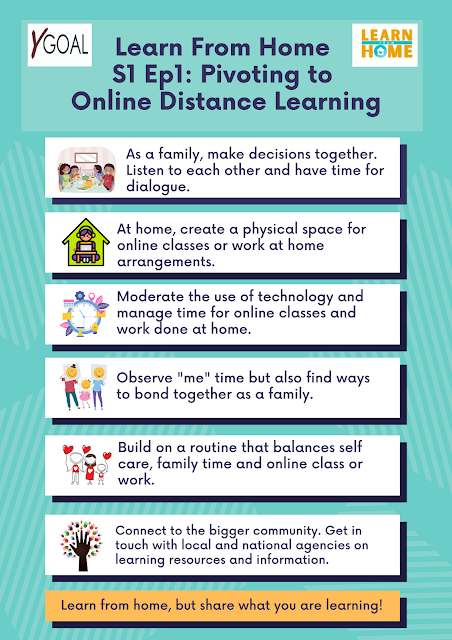In this interview, he shares titles of books he wished he had written, what gaps the Philippine book industry have and the challenges he experienced writing Wing of the Locust. If you have not read his award winning work yet and would need to read up in reviews, go to the Blog Tour: Wing of the Locust that we had last year. You can buy or reserve a copy from Dear Books.
1. What is the book or novel you wish you had written?
I was reading two books at the same time and they were serendipitously linked: Haruki Murakami’s Hardboiled Wonderland and the End of the World; and Alan Lightman’s Einstein’s Dreams. They both talked about a concept of moving perpendicular to time.
In Hardboiled, Murakami describes a grain of rice where you assign one tip as 0 and the other tip as 1. You then assign a number for each letter and punctuation mark and space using numbers. You can now draw a point on the grain of rice corresponding to everything that could possibly be written in the universe. From your name to the Holy Bible… and so on. Then the analogy continues to time, from say, point of birth to point if death, our mind moves perpendicular to the progress of time, we might explore past memories or future aspirations but when our mind does, it cannot affect either directly. And this is a fantasy suspense book! The protagonists escape their pursuers using this concept. Then in Einstein’s Dreams, Lightman describes how a town behaves in response to various time anomalies. Say what if life begins in one spot and ends in another and we can move freely from point A to point B?
I will have to mention Kurt Vonnegut’s Slaughterhouse 5! Each chapter of Einstein’s Dreams talks of a different way to perceive time. So sorry three books. But the reason is the same, it’s when an author can use a complex concept and put it in fiction in a way that inspires the reader and evokes imagination and wonder. That was exactly what I wanted to do for the civilization if Ma’I in Wing of the Locust.
2. What are the gaps and spaces in the Philippine book industry that must be filled or bridged?
Book production and food security have very similar challenges in making their products and getting those products to the consumer. First, both industries are rely profit, otherwise you have individuals who have to rely on passion projects, meaning they are expected to produce at a loss, breakeven is a vague aspiration. We can aspire for a time when writers (all artists, actually) and farmers (and most laborers too, like carpenters, masons) can be given universal basic pay so they can have subsistence that does not rely on the sale of the production. At the moment, writers in write as a side hustle. Many writers are academics or creatives in other fields, like advertising or web development, because writing does not pay a livable wage. Our farmers have it worse of course. Then we have access, are these products getting to the consumers? Food is seasonal and we have both seasons of immense food waste and lean months because post-harvest practices do not support our farmers in distributing their goods. Farm to market roads/railways, preservation (flash-freezing, canning) could bridge those periods where we have too much to times when we have too little.
 |
| Wing of the Locust by Joel Donato Jacob, 2020 |
Art should be a conversation, the academe should recognize that mainstream literature IS literature; but mainstream literature producers must also be willing to see where criticism is not an attack on their work but a survey of where the foundations and pillars of craft are weaker, in order to build a stronger text.
Visit the blog next week for the second part of Mr. Jacob's interview.


















